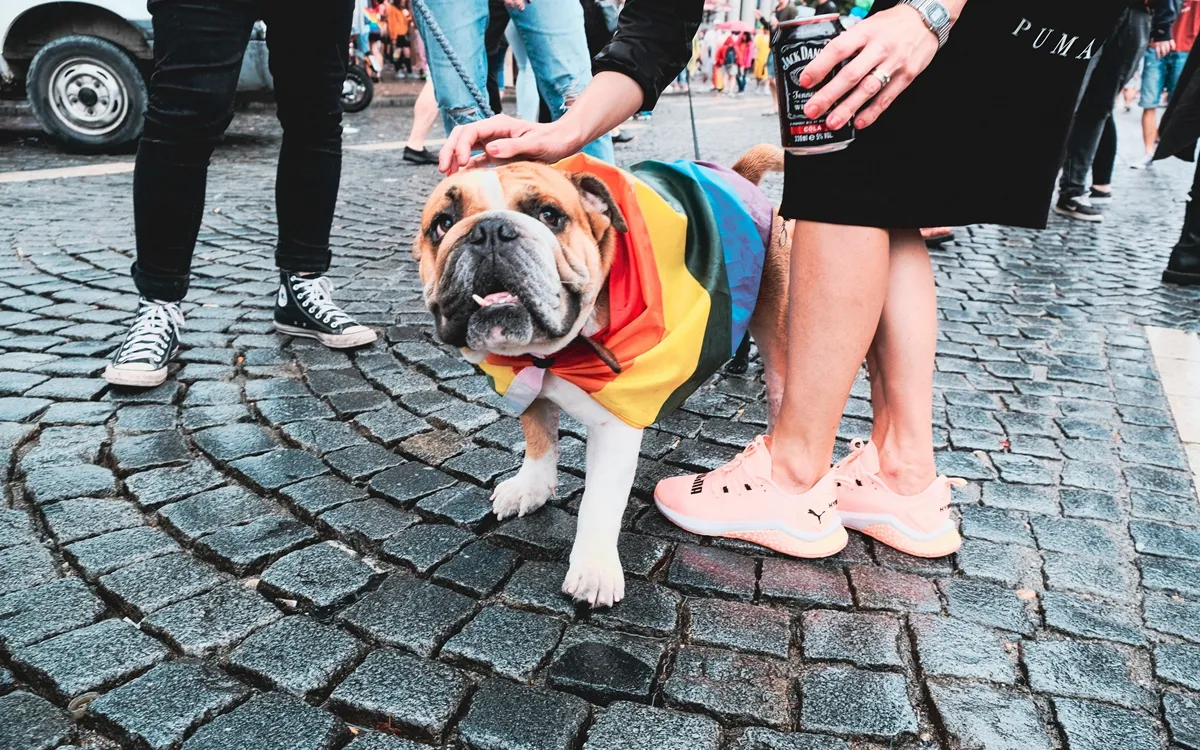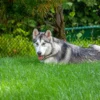Table of Contents
Why Is Socialization So Important for Dogs
Imagine raising a child who, before starting school, had never left the house, met neighbors, seen cars, or played with other kids. How would they cope? For dogs, poor socialization is just as damaging.
A dog lacking socialization becomes:
- Fearful or aggressive: Avoids going outside, resists new experiences.
- Overexcited: Hard to control, overly reactive to stimuli.
- „Unworldly“: Struggles to adapt to everyday life.
What Socialization Isn’t: A Common Misconception
Many think socialization means simply exposing dogs to crowds or other dogs. But forcing a puppy into overwhelming situations (e.g., busy streets, dog parks) can backfire, making them more fearful or reactive. True socialization is systematic, gradual, and positive.
What Is Socialization
Socialization is the process of helping dogs adapt to human society – its sights, sounds, environments, and social rules. It’s a long-term, structured training that begins the day your dog comes home.
Best Age to Start: 3–4 months old, when curiosity outweighs fear.
Socialization Training Checklist
Household Exposure
Introduce your puppy to:
- Sounds: Vacuum cleaners, washing machines, doorbells, TV, hair dryers, street noise.
- Surfaces: Carpets, hardwood floors, stairs, elevators.
- Objects: Brooms, mops, plastic bags, collars, leashes, doors, varied toys.
- Unexpected touches: Gently handle paws, ears, and tail.
Tip: Rotate toys/textures weekly to keep experiences fresh!
City Life Adaptation
Cities overwhelm dogs’ sensitive senses. Gradually expose them to:
- Transportation: Car rides, traffic noises.
- Public spaces: Sidewalks, parks, pet-friendly stores, vet clinics.
- Urban „landmarks“: Fire hydrants, trash cans, sewer grates.
Note:
- Puppy walks should be ≤20 minutes (joints are still developing).
- Start with short outings, gradually increasing duration.
Meeting Other Beings
Rule: Let your dog explore independently—don’t overprotect! Intervene only if aggression/fear arises.
Socialization Targets:
- Animals: Cats, rabbits, birds, reptiles, other dogs (start with calm, vaccinated ones).
- Breed Alert:
- Hunting breeds (e.g., Beagles, Greyhounds): Keep away from small pets (they’re prey!).
- Terriers, Shiba Inus: Supervise around birds/rodents.
- Humans: Adults, kids, seniors, people in hats/uniforms, cyclists, delivery workers, etc.
Key Tips:
- Respect your dog’s preferences: Not all dogs/humans need to be friends.
- Avoid „bad influences“: One aggressive dog can undo months of training.
Socialization Don’ts
Never force interactions: If your dog dislikes another, walk away.
Skip unknown dogs: If unsure about another dog’s behavior, avoid contact.
No puppy overload: Young pups need rest—alternate socialization days.
What If My Dog Is Already an Adult
It’s never too late! Adult dogs need extra patience and shorter, positive sessions. Progress may be slower, but consistency pays off.
Final Thoughts
Socialization isn’t just training—it’s about integrating your dog into your life. Treat them as family, expose them to your world gently, and celebrate small wins. With time, even the shyest pup can become a confident, „well-traveled“ companion.
Don’t give up!









Add comment